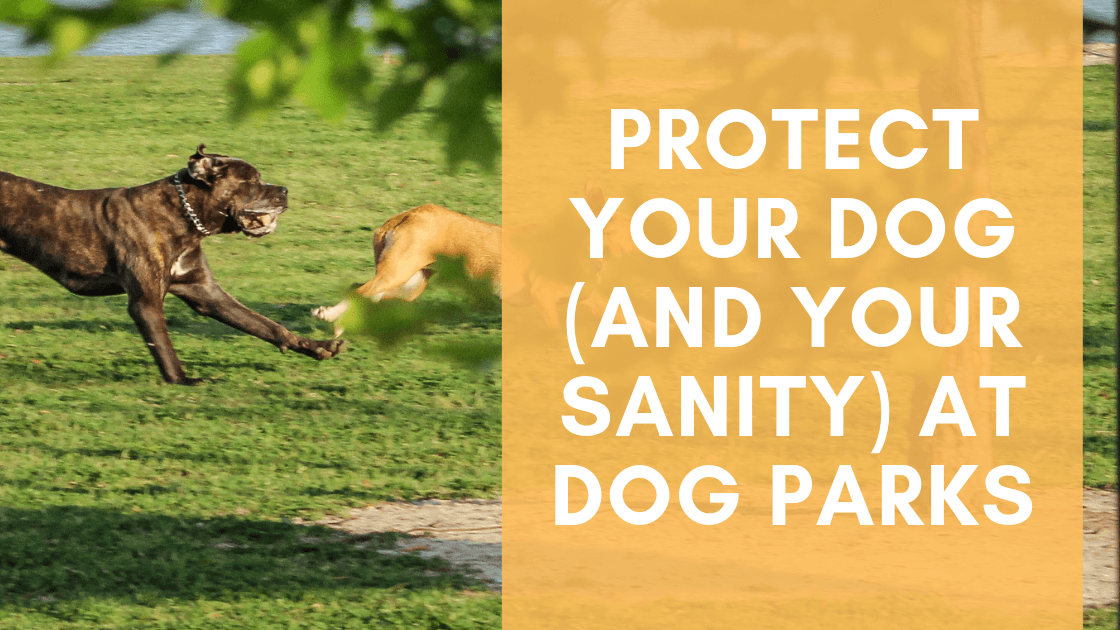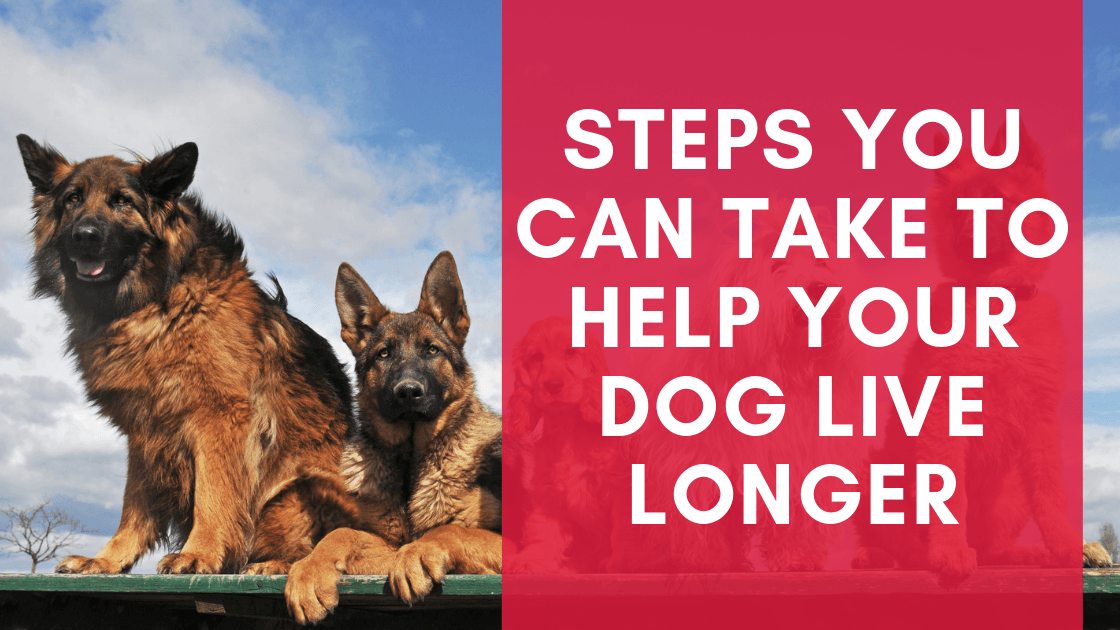The common refrain is that a tired dog is a good dog, but how do you know you’re tiring out your pup using the right exercises? Large dogs are more prone to joint issues, so you want to carefully introduce exercise that works their muscles but won’t cause them harm down the road.
Most dogs need 30-60 minutes of exercise every day, and pet owners can always use the activity, too. Make use of the time working out with your pet to bond as well as meet your daily exercise quota. Jillian Michaels would be proud.
A few exercise tips for you and your large dog
Switch up your daily walk or jog
Mix up your daily walk with your dog by introducing intervals of jogging or running to boost his heart rate and burn more calories – both of which are big pluses for humans, as well. Changing your stride and speed helps him tune in with you, recognizing you’re leading, and he may become a better leash-walker as well. If you're a runner, don't miss our guide to teaching your dog to run with you.
Walk on different surfaces – sand, snow, grass or pavement – to work different parts of his leg muscles. Be sure that the temperature isn’t harming him, however: Do the five-second test to see if the pavement is too hot by putting the back of your hand on it. If you can’t stay there for five seconds, it’s too hot for your pooch.
Related reading: How to Keep Your Dog Cool in the Summertime
In terms of cold weather, breeds bred for colder climates (like Alaskan Malamutes) are generally comfortable being out in cold weather if they normally live in that colder climate. Dogs without an undercoat or with a short coat are likely to be uncomfortable in colder temperatures, as are elderly dogs or those with health conditions.
Incorporate agility training
Use obstacles like benches, fallen trees, puddles or logs to help with your dog’s cognitive skills. You can do this either on a hike or by setting up your own obstacle course. Agility training works on their confidence and develops news skills.
Think back to your childhood games
Play tag with your dog in a safe space, like a fenced-in yard. Just be careful when playing with herding breeds, as some aggressive tendencies may emerge.
How to exercise your dog indoors?
On rainy days or when you need a breather, have fun with your dog indoors by using a laser pointer. He’ll follow the red light, so use caution when pointing it: Don’t catch him in the eye or make him run into furniture. With his eye on the dot and an intention to please you, he can easily be injured.
Exercise his brain through tricks like shaking hands, lying down or bowing on command. Try “nose work,” like having him find a treat hidden in progressively more challenging places.
Exercise benefits your dog on many levels
Not only does having a tired dog mean he isn’t causing trouble in the house, but it also keeps him at a healthy weight. It’s critical to exercise your dog and monitor his weight since obesity and inactivity are the biggest causes of joint problems. The risks of a heavy dog are scary, too: Obesity can lead to diabetes and heart disease, and it also worsens orthopedic problems like hip dysplasia and arthritis.
For more ideas on how to exercise your dog check out: 10 Way To Exercise Your Dog



